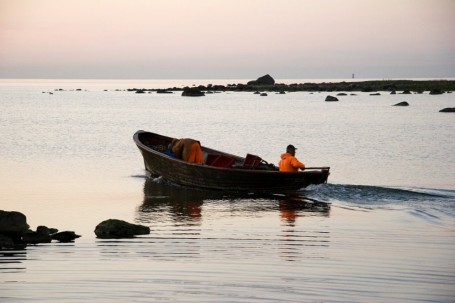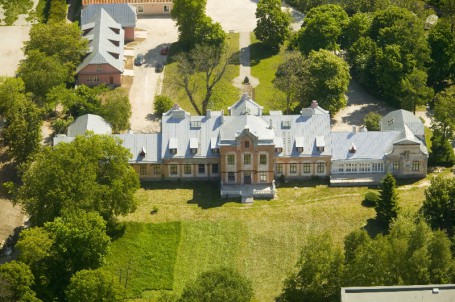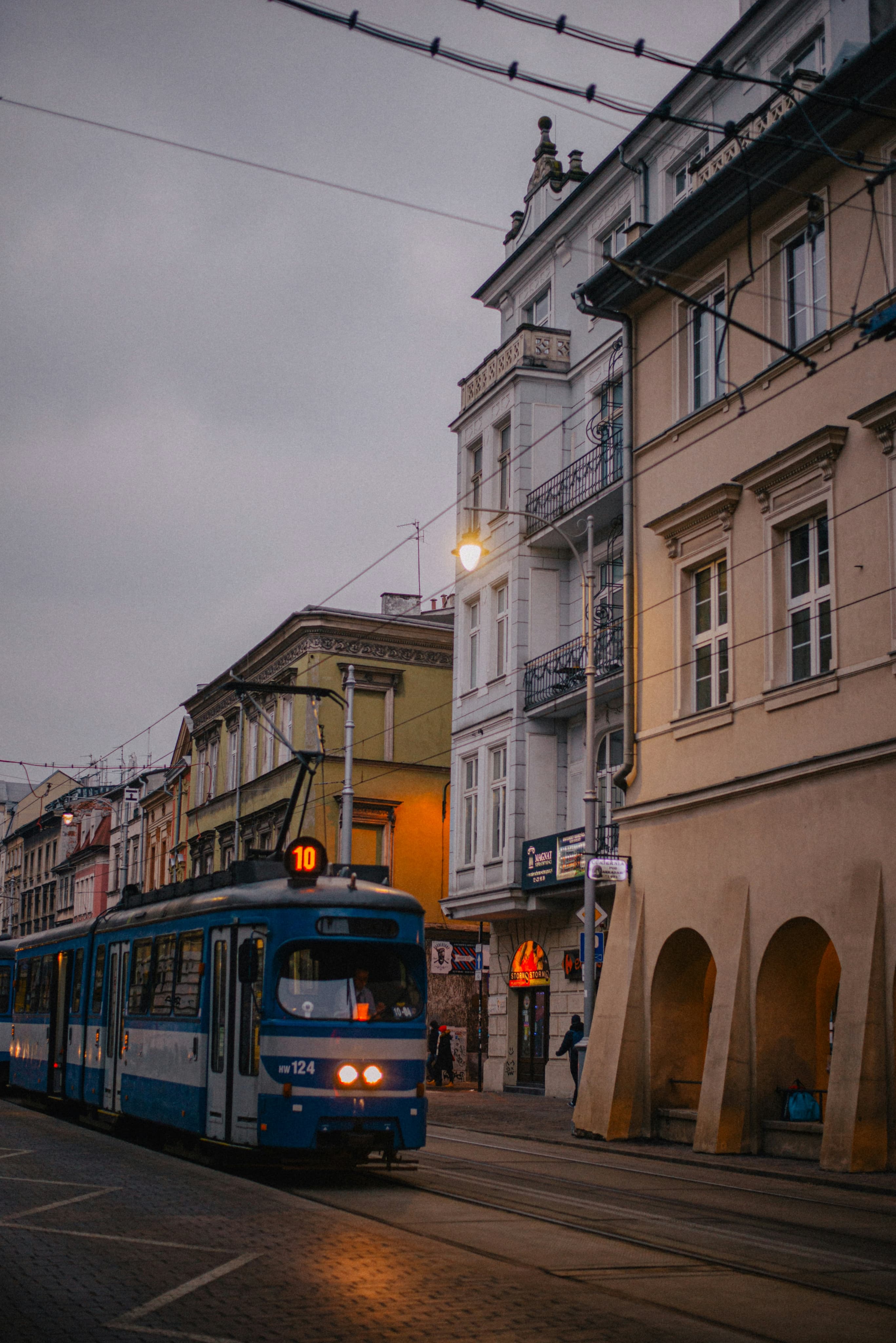Visitors looking for a chance to escape the city and experience Estonia's famous natural beauty, with plenty of history and local culture to boot, have a fantastic option within easy reach: Viimsi. This tranquil peninsula just across Tallinn's border to the north is loved for its rocky coastline, sand beaches and lush forests.

Viimsi has much more in store though: It offers an extensive military museum, another two intriguing museums that focus on traditional coastal culture, some great hiking and biking trails, and this spring it will be home to the nation's first 4K Ultra High Definition cinema. It also has its own, unforgettable island getaways in the form of Naissaar, a long-time military outpost, and Prangli, a place for seal watching and tuning into a centuries-old island vibe.
Getting there & getting around
Exploration of the peninsula is easiest by car, or even by bike, but public transport is also an option. Reaching Viimsi is easy. Departing every 15 - 20 minutes, bus N°1A makes the half-hour trip from the terminal under Tallinn's Viru Centre to the central Viimsi Keskus stop. Alternatively, bus N°114 leaves roughly hourly from the Hobujaama stop on Narva mnt. serving the most built-up areas before continuing to the tip of the peninsula at Rohuneeme. Within Viimsi, bus lines (numbered V1 to V7) operated by GoBus will connect you to the villages. See www.peatus.ee for the schedules.
The most sights, and warmest beaches, are on Viimsi's west coast, which is followed by a road and a dedicated bike path. Nearly the entire coastline, however, is accessible to dedicated cyclists.
Echoes and booms of the ages

Evidence of human activity on Viimsi dates back to the stone age, with the first inhabitants of the area fishermen and seal hunters. In the medieval times, it was probably ethnic Swedes who made up the population. Records from 1471 show Viimsi Manor as a supplier farm for the nearby Pirita Monastery, and later the land was ruled by Baltic German noble families. Small fishing villages flourished throughout the centuries until the post-World War II era when Soviet authorities made the coast a restricted area and cut off access. The traditional way of life then died out, but Viimsi survived as the centre of the Kirov Collective Fishery, which grew into an enormous institution and one of the most successful collectives in the USSR. The higher salaries it offered were the start of Viimsi's relative wealth, a phenomenon that continued even after the collective's closure at the end of the Soviet period and has become even more pronounced in the last decade, sending the population soaring from around 6,000 in 2005 to nearly 20,000 today.
The original Viimsi Manor house no longer exists, but its 19th-century replacement – the first attraction as you're coming in from the south – lives on. The manor was given to General Johan Laidoner, who led Estonia to victory in its War of Independence (1918-1920) and used the manor as his home. It now serves as the Estonian War Museum – General Laidoner Museum, which covers all eras of Estonia's military history. (Further details on all the museums mentioned here can be found in our listings, which follow.) The adjacent manor park is a public green area, while other manor buildings fulfill roles of guesthouse and restaurant.
Hobnobbing in Haabneeme
The peninsula's most populous and built-up area is Haabneeme, home to shops, restaurants and spas, the largest of which even rents out bicycles. Heading north on Randvere tee takes you past the sprawling, modern Viimsi Kool, the largest school in Estonia. Turn right here to reach the cliff area below Lubja, a popular spot for outdoor adventure. It's the site of the Viimsi Seikluspark, which offers climbing activities and challenging “trails” that take you from tree to tree. You don't need a ticket however to follow the marked hiking trails here. Follow signs on one of them to find the Hundikoobas (Wolf's Cave), which extends 16m back into the hill. Reach the top to find the 19th-century lighthouse that serves all of Viimsi. It's not open to the public, but still worth a look.
At the other edge of Haabneeme, its west coast, you'll find Viimsi's only developed beach, which includes things like toilets, changing areas, play equipment and even a summer café. Many locals prefer to seek out the wilder beaches on this side of the peninsula, where there is less wind and the water is warmest. Further up the main coastal road is the RMK Viimsi Nature Centre, where you can find out about local flora and fauna. Forests on Viimsi are partly state-owned and partly private. Exploring them you might see elk, deer and foxes, and an elusive lynx has even been spotted at Taamneeme. Behind the centre is an old border guard tower you can climb for the view.






